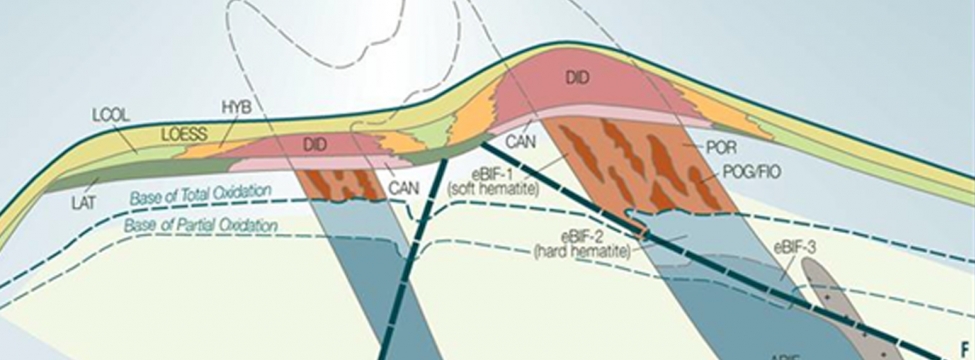To serve you better, our new website displays information specific to your location.
Please visit the site and bookmark it for future use.
Understanding Geology and Structure: An Essential Part of Mineral Resource Estimation
The assumption of continuity of mineralisation between sampling points, as stated in the JORC Code, requires a “confident interpretation of the geological framework”. The elements of relevance to a geological framework vary greatly depending on the commodity and style of mineralisation. In general terms, at least two elements must be considered to underpin a geological framework: space and time.
The geometry and location of a mineralised body are controlled by physical and/or chemical elements, which can be unravelled by detailed geological mapping, adequate geochemical (including a quality analysis-quality control program) and structural interpretations, and by 3D geological modelling. These elements may involve, among other, aspects of stratigraphy, chemical or physical properties of the rocks (e.g. texture, grain size) and structural features such as faults, fractures and folds.
Mineralisation events that lead to economic deposits are often relatively short-lived periods of focused fluid transfer and element- exchange, which result in mobilisation and deposition of metals in well-defined areas. Understanding the temporal framework and interaction of structural elements and mineralising events (determining genetic relationships, e.g. pre-, syn- and post-mineralisation) results in the development of more accurate geological models and can lead to predictive capabilities and new discoveries.
We present case studies in regional metamorphic, igneous, sedimentary and surficial geological environments, demonstrating how understanding the mineralisation system not only results in increased confidence in the resource, but also facilitates reduction of exploration risks.





